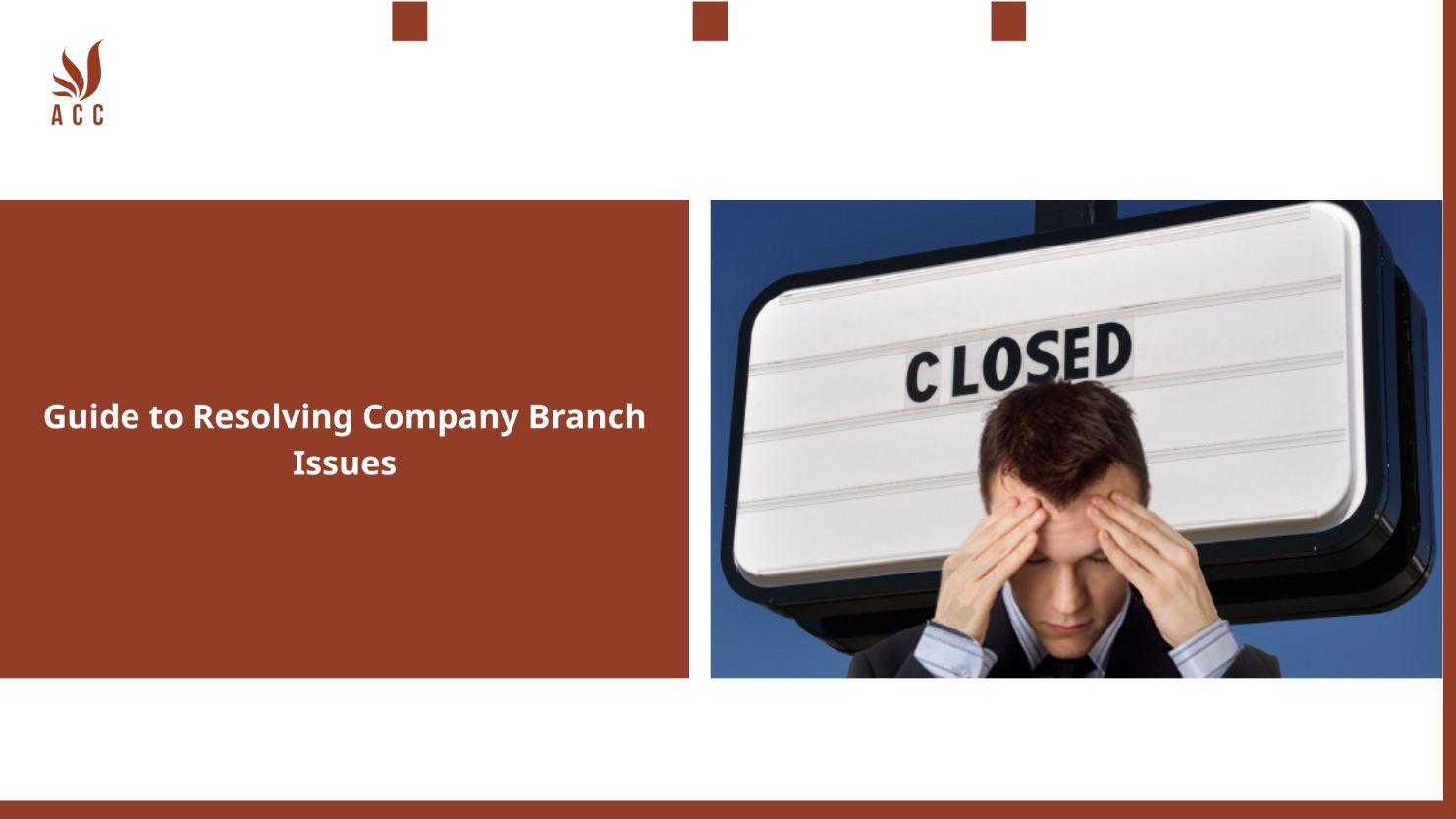2. Defining Problem Solving
Problem solving is more than a mere term; it's about finding answers to the question, "What should I do?" It thrives in conditions of uncertainty, complexity, and significance, where the choices we make have real consequences. Whether it's deciding on a town to live in, implementing a business strategy, or addressing global issues like climate change, they all revolve around the same fundamental query: "What should I do?"
3. Structured Problem Solving
Structured problem solving is the key to clarity and efficiency in addressing complex challenges. It involves a structured seven-step approach that fosters creativity and prevents ambiguity. These steps guide the problem solvers in understanding the problem, its components, and the best methods to derive a solution.
4. The Importance of Problem Definition
The first and most critical step in problem solving is defining the problem. It's astonishing how often people skip this step, making unwarranted assumptions. A well-defined problem statement clarifies the issue, constraints, and dependencies, ensuring everyone is on the same page regarding the problem's nature.
5. Dissecting the Problem
The second step involves using logic trees to break down the problem into manageable components. Complex problems often hide insights within their disaggregated parts. By dividing the problem into logical pieces, you gain a deeper understanding of its intricacies, uncovering valuable insights and assigning different aspects to team members.
6. Prioritization: A Crucial Step
Once you have a dissected problem, the next step is rigorous prioritization. Not all branches of the logic tree are equally important or within your control. Prioritizing helps focus efforts on the most impactful and changeable levers. In the case of Pacific salmon preservation, prioritization revealed which levers could be influenced and which were beyond reach.
7. Creativity and Flexibility
Structured problem solving may appear rigid with its seven-step process, but it's actually a framework that encourages creativity. It prevents problem solvers from veering off course and wasting time. Creativity thrives within this structure, allowing for more innovative and effective solutions.
8. The Power of Problem Solving in Real-World Scenarios
Structured problem solving isn't limited to business challenges. It can be applied to personal decisions, public policy, and global issues. It empowers individuals to make informed choices, leading to better outcomes and solutions that address the world's most pressing problems.
9. Problem Solving Beyond McKinsey
Problem solving isn't exclusive to McKinsey; it's a valuable skill applicable to various professions and life situations. Learning to approach challenges systematically and creatively can significantly impact one's success, regardless of the field.
10. Conclusion
In conclusion, problem solving is the linchpin of success, offering a structured approach to navigate complex challenges. By defining problems, dissecting them, prioritizing effectively, and encouraging creativity, anyone can unlock the power of problem solving in their professional and personal lives.
FAQs
1. How can problem solving be applied in everyday life?
Problem solving is a versatile skill that can help individuals make better decisions in personal, professional, and even global contexts. Whether you're choosing a place to live, crafting a business strategy, or addressing complex societal issues, problem solving is the key to finding optimal solutions.
2. Is structured problem solving rigid, or does it allow for creativity?
Structured problem solving provides a framework that guides problem solvers while fostering creativity. It ensures that the process remains focused and efficient, preventing aimless wandering, and encouraging innovative solutions.
3. What's the role of prioritization in problem solving?
Prioritization is a crucial step in problem solving. It helps problem solvers identify the most impactful and changeable levers, enabling them to focus their efforts effectively. This step ensures that time and resources are allocated wisely.
4. Can problem solving be applied to global challenges like climate change?
Absolutely. Problem solving is a powerful tool for addressing global challenges. By defining the problem, dissecting it, and prioritizing key levers, we can develop effective strategies to combat issues like climate change.







Bình luận